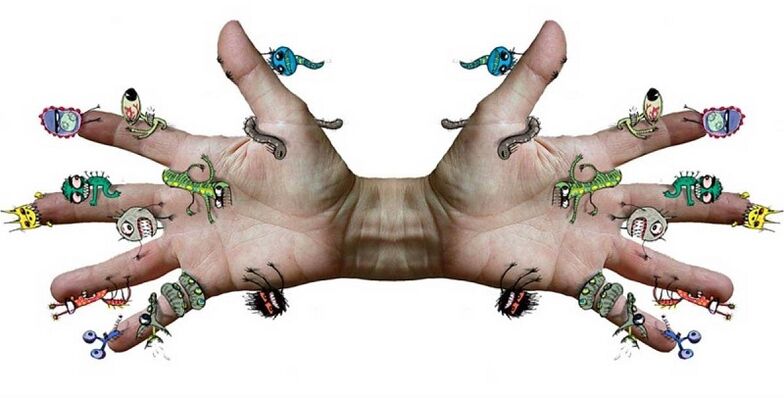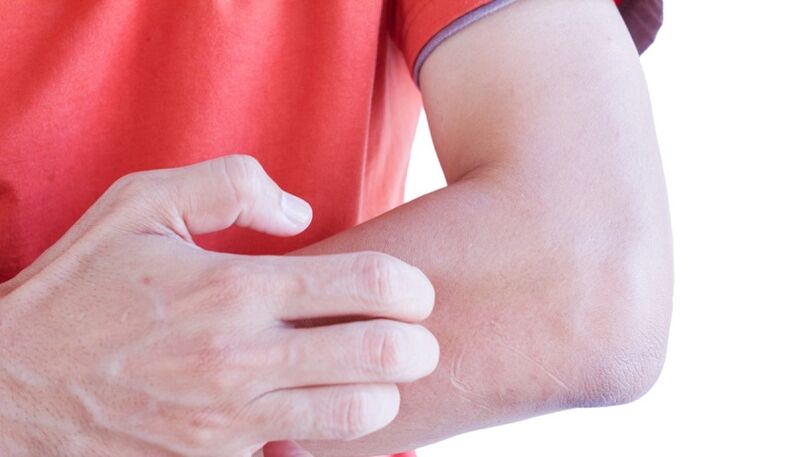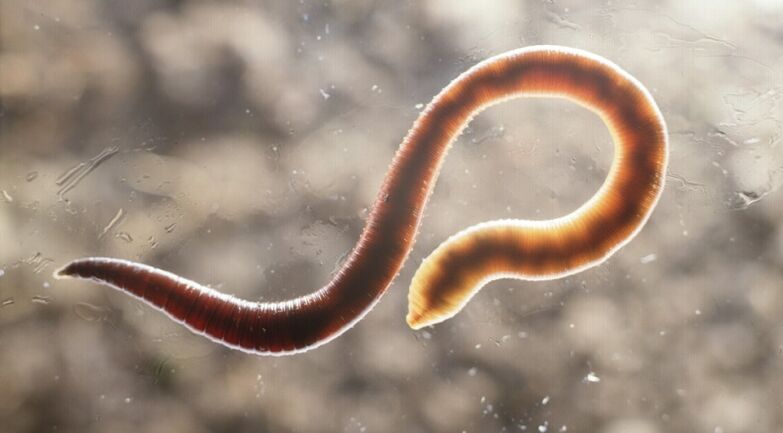
As a rule, a person does not think about his health and the number of parasites in his body until he feels bad. The patient does not know which specialist to turn to to find the exact number of parasites present and which organ they are damaging. A person is not able to diagnose himself, but he can easily determine the presence of parasites in the body.
What parasites can live in the human body
There are two types of parasites that can easily exist in the human body. They feed on all the beneficial elements in the body and produce substances that create the vital activity of the body.
- Endoparasites. A type of parasite that lives inside the human body. This type of parasite includes all bacteria, fungi, lamblias and many viruses.
- Ectoparasites. They live on the outside of the human body. They feed on human blood and tissues. Ectoparasites include lice, insects, ticks, mosquitoes and other insects.
It is probably much easier to recognize body loss from ectoparasites. Their presence has external signs that are simply impossible not to notice:
- redness and itching of the skin are observed;
- redness of some areas of the skin;
- Visible insect-like bites
- pain and burning sensation.
A more accurate study can be performed using a microscope or special analyzes.
Unlike ectoparasites, endoparasites do not reside outside the human body. In this regard, it is quite difficult to notice them. These parasites can literally feed on a person for years so that the patient does not even think about their existence.

Presence of parasites in the body - signs of appearance
All parasites that can inhabit the human body are extremely persistent and dangerous. They multiply almost immediately, which poses a special risk to human health. It is possible to identify the presence of parasites when several signs appear:
- skin redness and itching;
- the appearance of red rashes that cause severe itching;
- the presence of edema in places with developed subcutaneous tissue;
- a sharp rise in body temperature.
The occurrence of an allergic reaction depends directly on the location and development of the parasite in the human body. As a rule, the appearance of parasites can also be determined by the following external signs:
- Obvious disorders in the work of the gastrointestinal tract.
- Skin lesions of various degrees.
- Skin coloring.
- A sharp change in weight.
- Frequent fatigue, drowsiness, loss of energy.
- Dizziness and all kinds of headaches.
- Presence of Quincke's edema.
- Asymptomatic cough.
- The appearance of unexplained depression, loss of purpose in life, feelings of fear and nervousness.

Signs of the appearance of worms on the body
- Abnormal functioning of the gastrointestinal tract, such as diarrhea, bloating, loose stools, and abdominal pain.
- Itching in the back and hip area.
- External detection of the presence of worms in the anus.
- Signs of the existence of worms in vomit.

What diseases can be caused by the existence of parasites
The long-term existence of parasites in the human body wreaks havoc on its work. Furthermore, the vital activity of a large number of parasites can trigger a number of unpleasant diseases:
- some types of anemia;
- central nervous system disorders;
- abscesses in various parts of the human body;
- occurrence of oncological diseases as well as cysts;
- a sharp drop in immunity;
- disturbed breathing;
- arthralgia, myalgia and many other diseases associated with joint pain.

In fact, parasites cause irreparable damage to human health. They can live literally anywhere. They are so diverse that their development can cause varying degrees of damage to the body. To avoid the risk of parasites and their further development, it is recommended to conduct research and prevention of parasitism once a year.



























